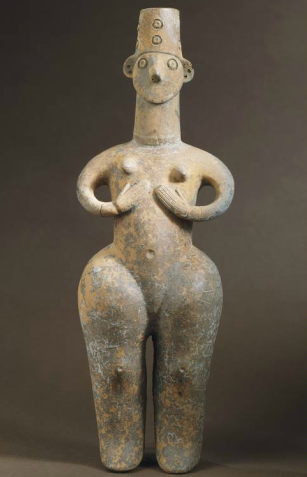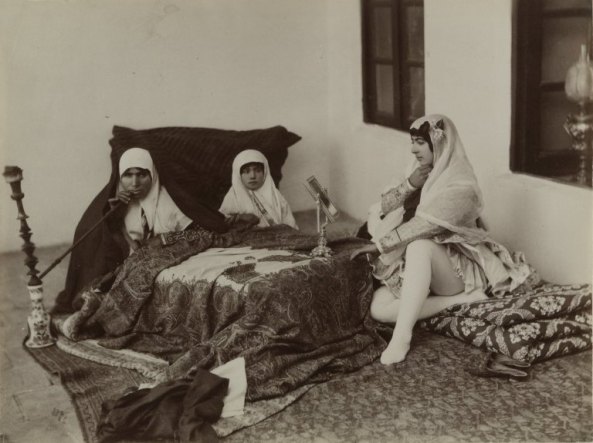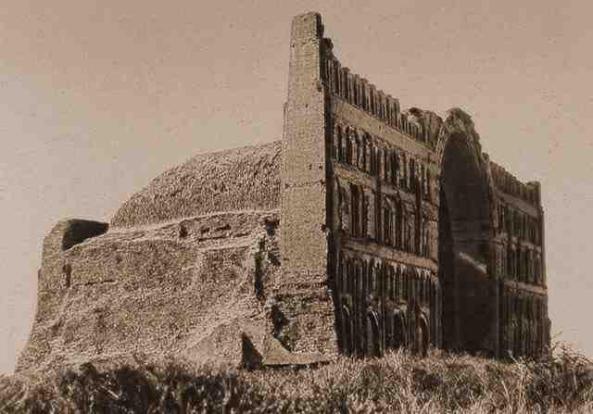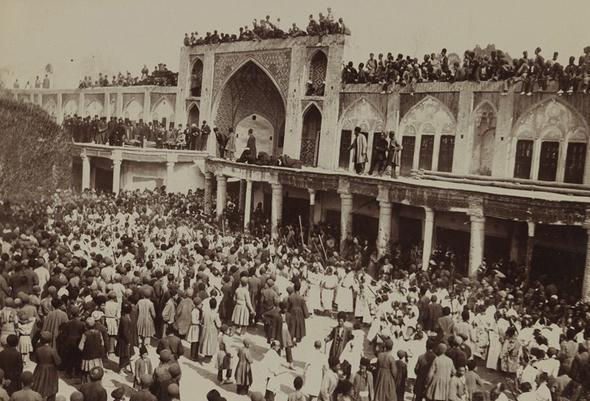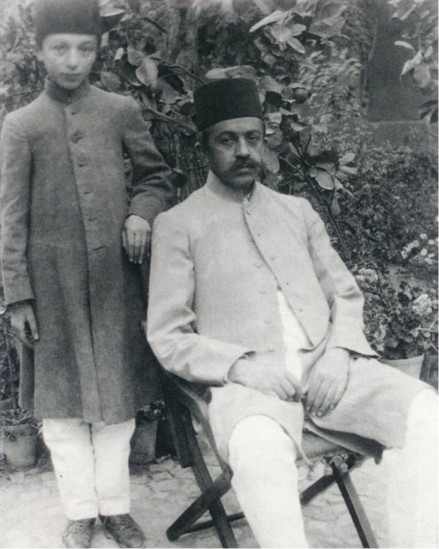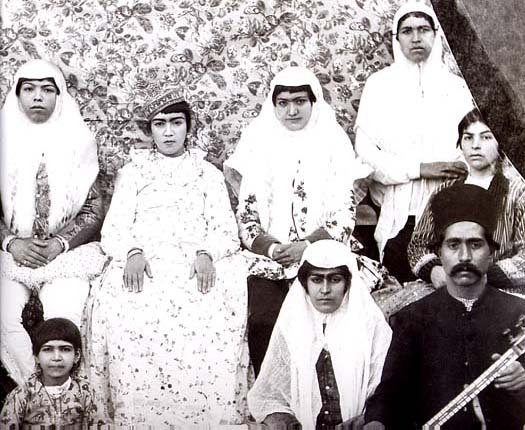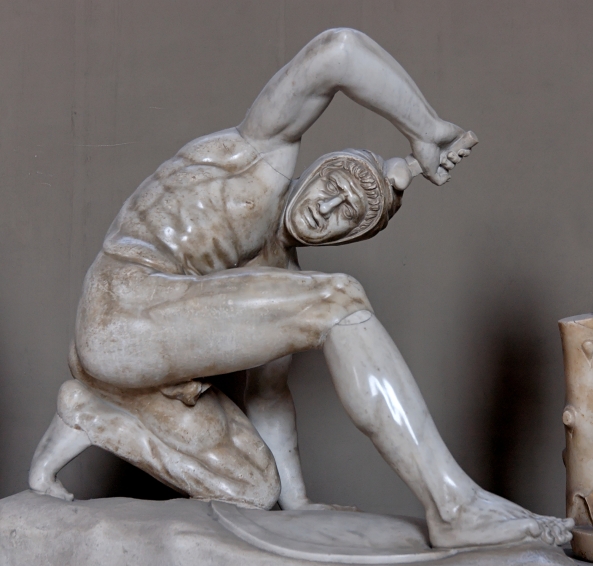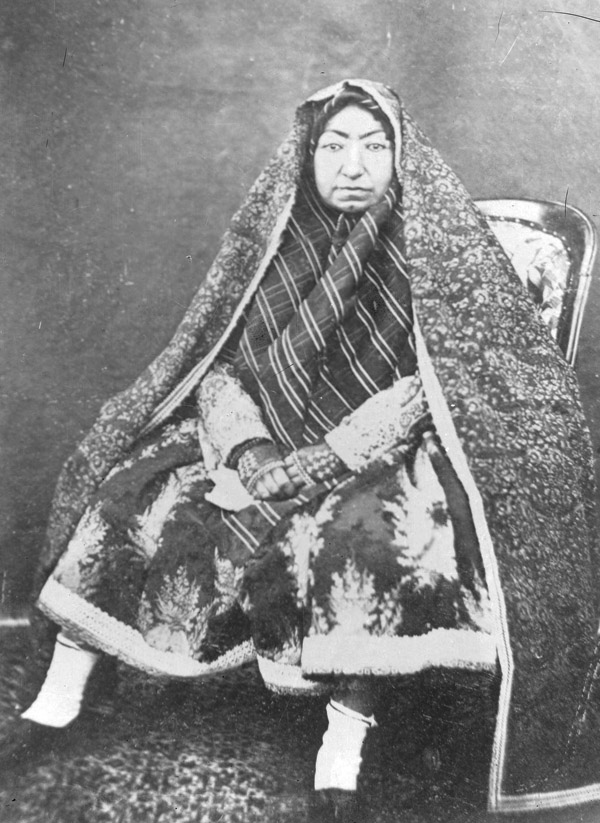Forugh (also spelled Forough) was born in Tehran to career military officer Colonel Mohammad Bagher Farrokhzad (originally fromTafresh city) and his wife Touran Vaziri-Tabar in 1935. The third of seven children (Amir, Massoud, Mehrdad, Fereydoun Farrokhzad, Pooran Farrokhzad, Gloria), she attended school until the ninth grade, then was taught painting and sewing at a girl's school for the manual arts. At age sixteen she was married to Parviz Shapour, an acclaimed satirist. Farrokhzad continued her education with classes in painting and sewing and moved with her husband to Ahvaz. A year later, she bore her only child, a son named Kāmyār (subject of A Poem for You). Within two years, in 1954, Farrokhzad and her husband divorced; Parviz won custody of the child. She moved back to Tehran to write poetry and published her first volume, entitled The Captive, in 1955.
